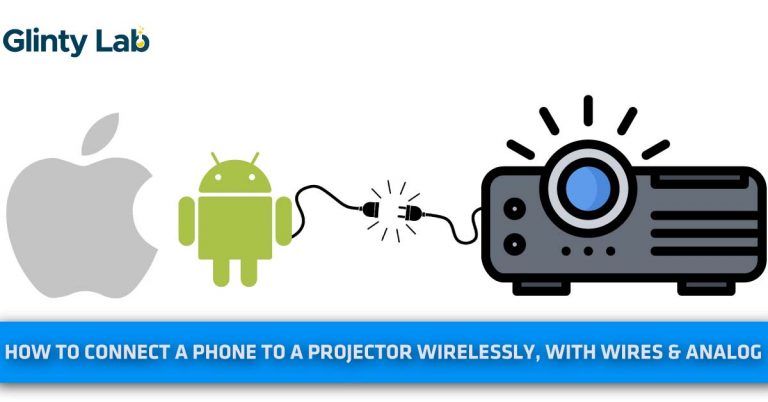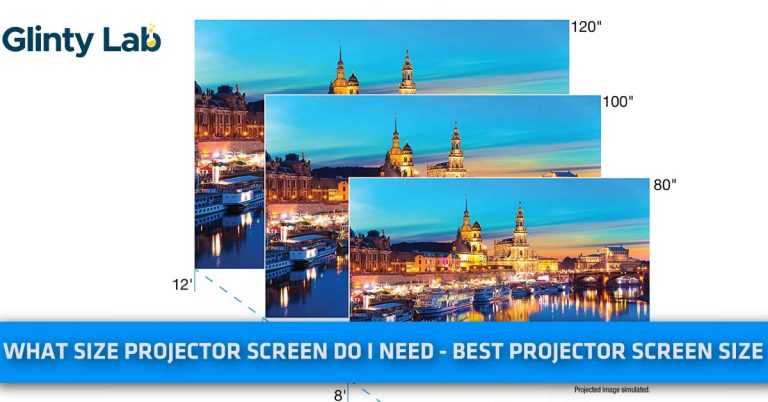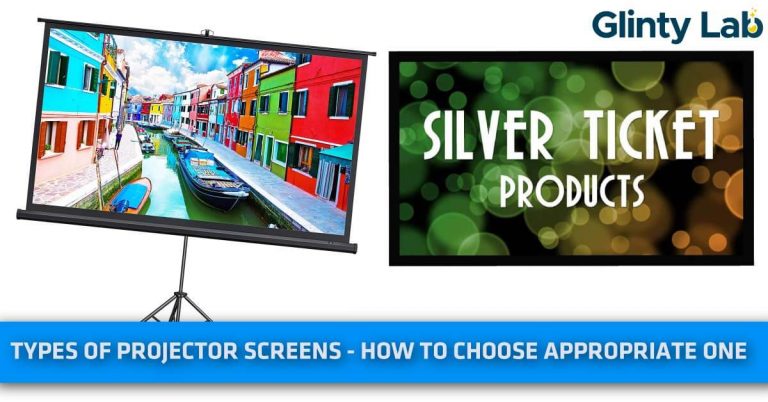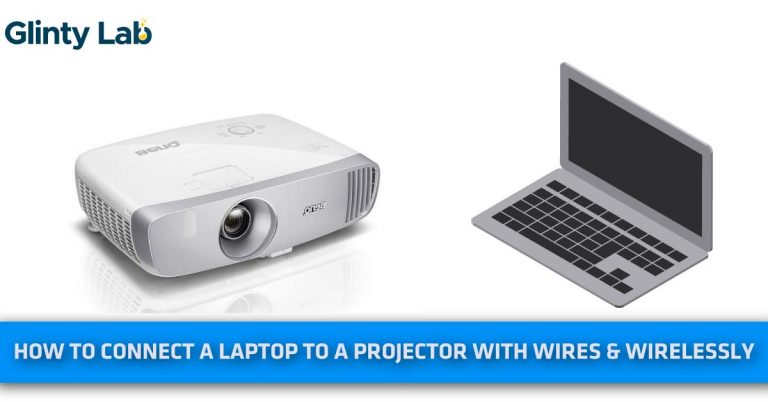Gray vs White Projector Screen – Which One Should I Choose
We have written a very comprehensive guide about gray vs white projector screen, advantages and disadvantages, and which one you should choose.
After comparing the black and white screens we are come up with a detailed guide about gray vs white projector screens to clarify your quarries about what should I choose between gray and white projector screens?
We going to compare the essential parameters and provide you the pros cons of each technology, also you will get a small section to identify whether you want a gray or white screen.
Without further wasting time keep scroll down;
Gray vs White Projector Screen
Contrast:
Since Gray screens are solely building to compensate for the contrast levels of low contrast ratio projectors with 1500:1 or 2000:1, you will surely get better contrast levels on gray screens as compared to the white screens.
Though white screens are not that bad but still if you have a low contrast projector gray screen will definably uplift the contrast to provide decent black levels and colors.
Black Levels:
As gray have properties to popup the contrast you will surely get deeper blacks because the contrast level is an essential ingredient to enrich the blacks by mitigating the fad.
We have compared both screens with our Epson 5050ub; the gray screen performs much better than white, but let me confirm that after using an expensive white screen we get mind-blowing results with balanced contrast colors and black levels.

Ambient Light Performance:
Gray performs much better than white in the modest ambient because gray has properties of absorbing like black color to enrich the contrast, colors, and black levels.
White also performs pretty well but you must have a projector with a top-notch contrast ratio, brightness, color wheel, and black levels to get mind-blowing results even in modest ambient.
Price:
As per our statics, we have found that average quality gray and white screens are same in the cost but when we move upward we have found that white screens are much more expensive as compared to gray.
Advantages And Disadvantages Of Gray Screens
- Mind-blowing contrast even with low contrast ratio projectors.
- Decent black levels and colors.
- Impressive outdoor performance.
- Budget-friendly.
- Lack modern features
- Limited options and sizes.
Advantages And Disadvantages Of White Screens
- Best picture quality if you have a premium screen.
- Modern features
- Various options and sizes.
- Muted contrast and colors on a cheap screens.
- Not perform well in outdoor conditions with low contrast ratio projectors.
Check out our guide about black vs. white projector screen
Which One You Should Choose
The following factors should be considered to make the buying decisions.
Budget: Gray screens are slightly cheaper than white screens because modern expensive white screen perform mind-blowing in a dark environment; they have powerful reflective material with balanced grains.On the other hand, gray screens are affordable with simple material you don’t need to buy a gray screen with premium stuff to pop up the colors black levels, etc. simple gray screen would work more than your expectations.
Contrast ratio of the projector: if your projector doesn’t have a sufficient contrast ratio you should go for a dark screen like gray. As the gray screen is solely made to popup the contrast, you will get satisfactory results by replacing your white screen with gray. The brightness of projector: If you have a projector with very low lumens, you should go for a gray screen to pop up the brightness a bit more. As white screens have ultra-reflective properties they will reflect a chunk of brightness in a result we will get a bit of muted brightness and colors.Check out the guide of Epson about the brightness of the projector
Operating environment: if you want to operate your projector in a modest ambient gray screen will be a good choice for you since darker color has properties to enhance the black levels, contrast, and colors, you will never notice faded or muted colors.If you are going to use it in a dark cave white will be a good choice, still, your room will be not properly dark unless your room is painted with a dark color. Since white reflects more light you may not get a satisfactory dark environment.
Varieties: Since the white screen is the standard of the projector industry, they are here for a long, however, gray screens are newer in the game they need a bit of time to become mature.You will surely get more varieties in white screens as compared to gray.
Modern Features: White screens are more dominant on gray screens in terms of modern features. As white screens have wave passages feature that can pass sound throw the screens, in case you don’t have a screen with speakers you can hide speakers behind your white screen to get mind-blowing sound.Also due to the abundance of white screens, you will not struggle to get the desired screen size.
Checkout 16◊9 vs.16◊10 Projector Screen
Frequently Asked Questions-FAQs
Q: When would you use a GREY projector screen?
If your projector has low lumens and contrast ratio you should go for a gray projector screen.
Q: Will a projector work on a grey wall?
Yes, but you will get an average picture unless you have high-quality gray projector paint on your wall.
Q: Does projector screen color matter?
Yes, of course, screen colors matter a lot to pop up the colors, contrast, and black levels, if you want to enjoy the real blacks and contrast you should go for a dark-colored screen, otherwise you can go for a light-colored screen.



![How To Connect Speakers To Projector? – [Step By Step Guide]](https://glintylab.com/wp-content/uploads/2021/06/How-To-Connect-Speakers-To-Projector-768x402.jpg)


